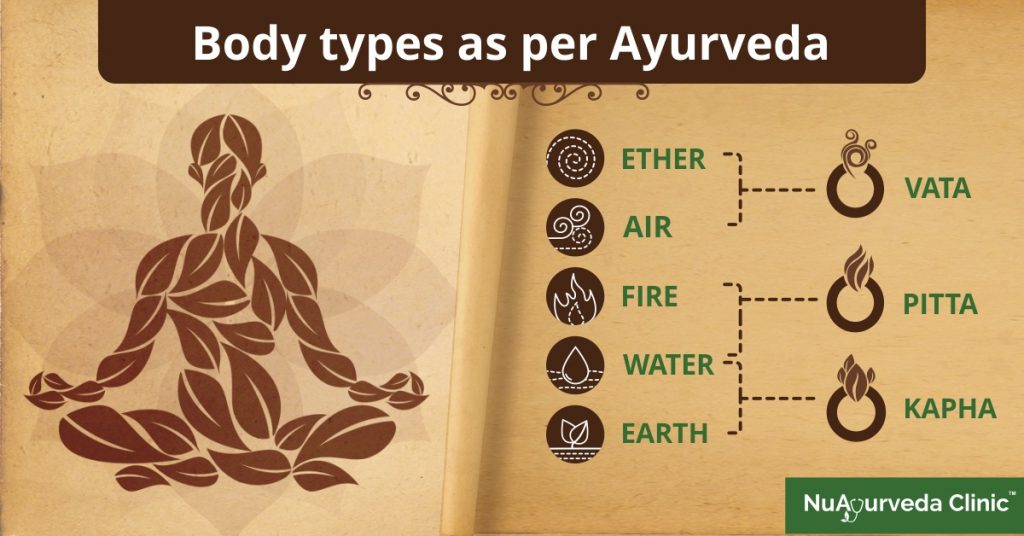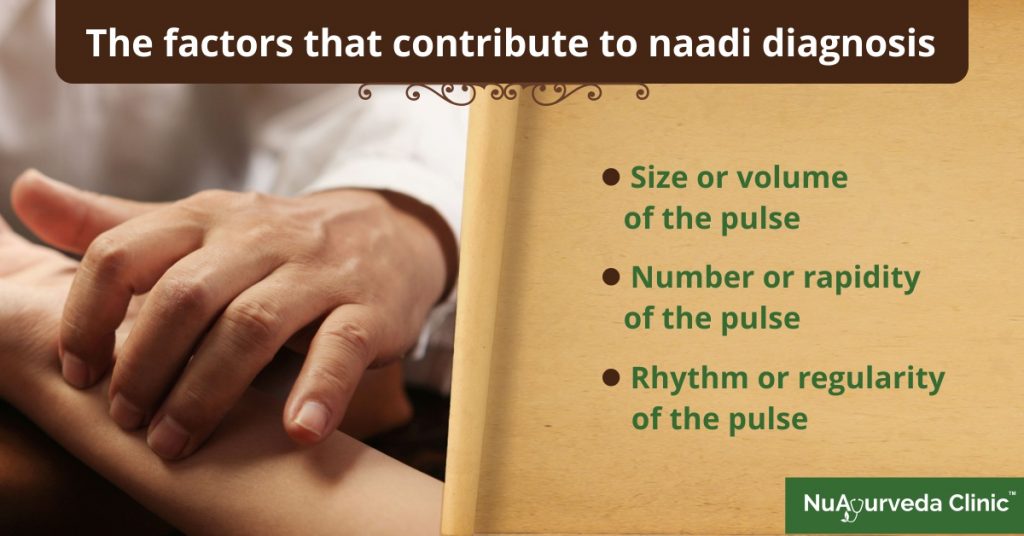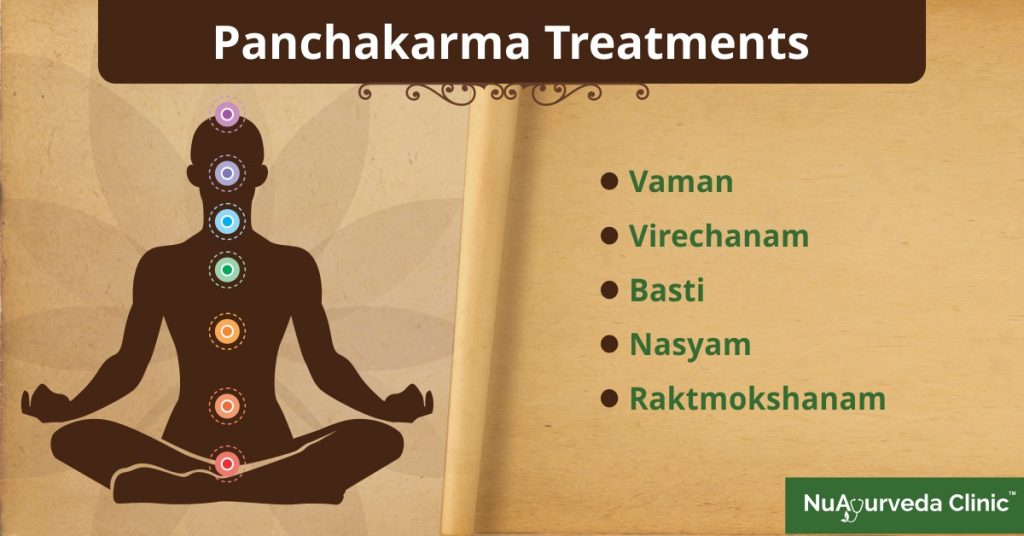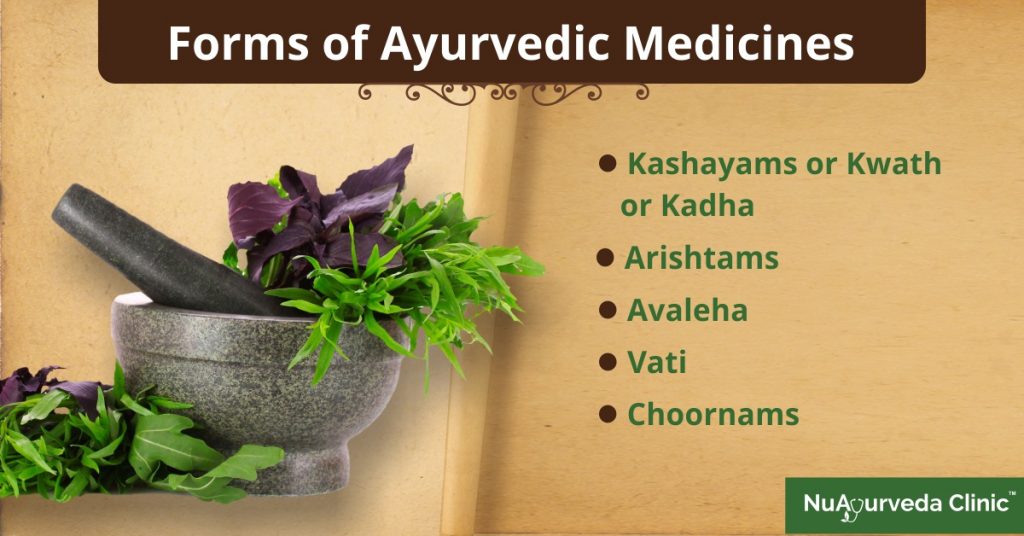What is Ayurveda
Ayurveda is an ancient knowledge cultivated by the sages of India. It has been developed from various treatises and manuscripts and has made its way to becoming one of the ancient most but modern health care techniques. ‘Ayur’ means life and ‘Veda’ means science. Thus, the term ‘Ayurveda’ means ‘science of life’. The theories and notions of Ayurveda have been practiced since the past 5000 years. It recommends methods for appropriate living and longevity. It includes instructions to maintain good health as well as dealing with illness through yoga, treatments, herbal medicines, correct diet and lifestyle changes.
List of Ayurvedic Treatments
| Ayurvedic Treatment | List of Diseases |
| Abhyangam | Pain, Mental Stress, Gastric Problems, De-toxification, Immunity Problems, Weight |
| Shirodhara | Loss, Paralysis, Skin Problems |
| Kashayadhara | Sleep Problems, Insomnia, Stress, Hair Fall |
| Greeva Basti | Psoriasis, eczema, scalp lesions, hairfall |
| Janu Basti | Neck Pain, Neck Spondolysis, Neck Arthritis |
| Kati Basti | Knee Pain, Knee Arthritis |
| Spine Basti | Back Pain, sciatica, lumbar spondylosis |
| Kizhi | Spine arthritis, Spondolysis of spine, |
| Mukha Lepam | Pain , Mental stress |
| Netra Tarpanam | Skin Care, Skin conditions |
| Padabhyangam | Vision problems, Eye strain, Headaches |
| Pizhichil | Pain, Mental stress, De-toxification, Gastric problems, Paralysis |
| Shringara | Pain, Mental stress, Immunity problems, Paralysis |
| Soundarya | Skin care treatment |
| Thalapothichil | Skin care treatment |
| Ubtan | Scalp and hair care |
| Udvartanam | Skin care, Weight loss |
List of Ayurvedic Treatments offered at NuAyurveda clinic
The Ayurvedic Treatment Philosophy
According to Ayurveda it is possible for you to live a long and healthy life through intelligent co-ordination of your body (sharira), mind (mana), senses (indriya) and soul (atma).
Ayurvedic science revolves around the five elements (panchmahabhoot) i.e. earth (prithvi), water (jal), fire (agni), air (vayu), ether (aakash) that goes into the making of the three physical energies – Vata, Pitta, Kapha and the three mental energies – Satwa, Rajas and Tamas which inturn determines the constitution (prakriti). Ayurveda thus offers a unique blend of science and philosophy that balances the physical, mental, emotional and spiritual components necessary for holistic health.
Science of Ayurveda
Ayurveda is not just an Ancient Indian Medical system, but a complete guide to healthy living. It has been around for several thousands of years and has stood through the test of time. Ayurvedic physicians were doing surgeries and other complex medical procedures long back– while in modern science its a very recent phenomenon. The vedic philosophy believes that the entire universe is one – whether it is human beings, animals, plans or non-animate objects. Hence, there is interdependence on each other. Ayurveda believes in creating hamony of the human body-mind-soul with the surrounding and nature. Hence, the focus of Ayuveda extends far beyond healing physical ailments but to mental and spiritual realms of helping a person attain the highest self realistion.
Body types as per Ayurveda

Ayurveda believes that each individual has its own unique body constitution like the thumbprint. It is a blend of three body types that include mental, physical and emotional aspects. These are known as ‘doshas’ in Ayurvedic scriptures. These Doshas are further classified as Vata, Pitta, and Kapha.
Vata represents space and air. It governs all physiological movements like breathing, talking, circulation, assimilation of food, urination, menstruation etc. People who possess this dosha have fast body movement and quick thought process. Vata dosha gives force to the other two Doshas.
Pitta represents fire and water. It is the biological energy that functions through organic acids, hormones, enzymes, and bile. Physiologically, Pitta controls aggression, joy, willpower and mental perception.
Kapha represents water and earth. An individual dominated by this dosha is ruled by emotions like love, greed, patience, forgiveness, and attachment. It is this dosha that provides the body its physical form and structure.
Ayurvedic herbs
Ayurvedic herbs are extracted from different parts of the plant – leaves, nuts, seeds, bark, roots and so on. There are thousands of such herbs and their combinations which are available as medicines. The method of processing & extraction also varies greatly – while some are extracted by boiling in water, some are used to make herbal wines and others are used directly for ingestion. Combination of herbs which are described in Ayurvedic scriptures are called “classical medicines” while those which have been formulated by pharmaceutical companies are called “proprietary medicines”. It is advisable to consult an Ayurvedic Doctor before starring any medication.
Naadi pariksha and diagnosis

The ‘naadi’ or pulse is given immense importance in Ayurveda. Naadi parikshais a technique of diagnosis through the pulse. The vibrating frequency of the pulse helps in ascertaining various functions of the body. It also reveals the mental and physical characteristics of people. In yogic texts, there is mention of 14 naadis which have specific functions related to different parts of the body. Stimulation of a naadi enables to influence the processes of these body parts. Naadi is said to be ‘jiva sakshi’ ie the evidence of life. The factors that contribute to naadi diagnosis are-
– Size or volume of the pulse
– Number or rapidity of the pulse
– Rhythm or regularity of the pulse
The pulse is tested in the left hand for women and the right hand for men.
Panchakarma treatments

Panchakarma is a powerful method of purification and treatment in Ayurveda. As the name suggests, it is a set of five therapies designed to cleanse the body of toxins. These therapies are-
Vaman: Refers to medicine induced emesis. Here, vomiting is induced which helps eliminate toxins from the tissues. It is generally used in the treatment of Kapha-dominated illnesses.
Virechanam: Refers to medicine induced purgation. It focuses on removal of toxins through evacuation of the bowels. It is applied in the treatment of pitta-dominated ailments such as herpes, jaundice, colitis etc.
Basti: Refers to medicated enema. Enema is one of the many contributions of Ayurveda to medicine and has proved to be extremely effective for a variety of medical conditions. Herbal mixtures made out of oils, ghee, milk, etc are administered into the rectum.
Nasyam: It indicates the usage of nasal drops. Administration of naturally prepared nasal drops brings relief to several types of headache, migraine, hair problems, respiratory problems, sleep disorders etc.
Raktmokshanam: This refers to blood letting through leech or cuts made through a metal instrument. It is recommended for diseases caused due to impure blood.
7 Advantages of Ayurveda
There are several advantages of Ayurveda over other available systems of medicine. We are highlighting seven such benefits below –
1. Ayurveda is the science of life – it is not meant just for curing diseases but also living a healthy life
2. It has been in existence for several thousand years and the philosophy has remain unchanged, unlike modern medicine, where the fundamental premise changes every few years or other alternate systems of medicines, which have not been around for a long period of time
3. It heals holistically and does not cure only the symptom
4. It recommends correct food habits & lifestyle as per the prakruti of a person
5. The medicines used in Ayurveda are natural and hence have minimal to no side effects
6. It is not very expensive
7. Ayurveda helps build immunity, lower stress & fight other lifestyle ailments, for which there are no solution available in many other forms of medication
Sex and Ayurveda
Being a controversial area, not much has been talked about the phenomenal contributions of Ayurveda in the fields of sex and intimacy. According to Ayurveda, sex is not restricted to reproduction but is also a route to nourishment. If a satisfying union of two bodies is developed, it offers good health and vitality to both the partners. Ayurveda describes sexual problems and disabilities as a result of faulty Vata and has effective remedies for it. A lot of modern day medicines used for altering or maintaining the health of sex organs are Ayurvedic in origin.
Kerala Ayurveda
While the origins of Ayurveda are in the foothills of Himalayas, Kerala has remained a prominent centre for Ayurveda. Kerala houses a number of eminent Ayurvedic treatment centers which adds to the glory of God’s own country. Ayurveda in Kerala focuses on herb based treatments in contrast to metal based treatments in the northern part of the country.
Ayurvedic Remedies
While Ayurveda has several medicines which are a complex combination of herbs and other naturally occurring elements, there are several home remedies which have been prescribed in Ayurveda. The use of spices like turmeric to treat cold & cough is so prevalent in India that it is often not even thought as an Ayurveda remedy. Almost all the spices in Indian kitchens like black pepper, cinnamon, cardamom etc have benefits associated with them for some or the other ailments. Aloe Vera which is becoming extremely popular in several modern day skin care regimes, is called ghritkumari and has been an important home remedy in Ayurveda both for skin conditions & digestion.
Ayurvedic Diet
Ayurvedic diet is prescribed as per the prakruti (body constitution) and vikruti (imbalance in the body) of a person. Hence, Ayurvedic diet recommendations vary from person to person. Some examples of Ayurvedic diet are given below
Vata Prakriti:
Food to Have: Favour foods that are warm, heavy, and oily.
Food to Avoid: Cold, dry, spicy, bitter, astringent etc
Pitta Prakriti:
Food to Have: Foods that are cool, refreshing and liquid. Vegetables and fresh organic fruits.
Food to Avoid: Spicy, salty or sour foods.
Kapha Prakriti:
Food to Have: Foods that are spicy, bitter, and astringent.
Food to Avoid: Sweet, salty, and sour.
Ayurvedic Medicines

Ayurvedic medicines are a careful selection of herbs, plant extracts, oils, metals and minerals from natural sources. The primary goal of Ayurvedic medicine is to help people live long, healthy and balanced lives without the need for prescription drugs, complicated surgeries or suffering from painful conditions. The view is that all diseases happen due to an imbalance in the three Doshas. So, the medicines are also according to the individual dosha imbalance. They treat the problem as a whole including mental and physical issues, the person’s thoughts and beliefs and his/her lifestyle.
Ayurvedic Treatment
Treatment in Ayurveda is a healing process which aims at getting rid of the disease, preventing its future occurrence and ensuring overall well-being. With its holistic approach and natural methods, Ayurvedic treatment works towards a permanent cure. It attacks the root cause of the problem as its objective is not just restoring health but also to create balance in the body. This is achieved by balancing the doshas, elimination of toxins, strengthening the digestive system, opening up channels and rejuvenation of tissues.
Ayurvedic Doctors
An Ayurvedic doctor has to study the BAMS (Bachelors of Ayurveda, Medicine, and Surgery) course and spend time at an Ayurvedic hospital to qualify as an Ayurvedic doctor or Vaidyas as they are popularly called. Some of the original scriptures are in Sanskrit, so students with a background in the language, can benefit by understanding the original scriptures.
5 Advantages of Ayurveda Over Modern Medicine
Modern Medicine |
Ayurveda |
| Suppresses only the symptoms of disease | Targets the root cause of disease |
| Prolonged use has side effects | Is natural and hence gentle on the body |
| Drugs are costly | Treatments are cost-effective |
| Resistance to antibiotics is causing treatment failure | Is effective against pathogens that show resistance to allopathic drugs |
| Treatment is mainly through oral medication | Treatment is holistic; includes oral medicines, therapies, diet and exercise |
NuAyurveda Clinics in Mumbai
Kandivali (East)
Aangan Row House #4, Opp.Thakur College, Thakur Village, Kandivali(E), Mumbai – 400101 (Tuesday closed)
Kandivali (West)
105, Kanyakumari Building, Mahatma Gandhi Road, Next to Vaishali Bhavan Bus Stop, Kandivali (W), Mumbai 400067
Andheri (West)
1st floor, Kohli Villa-130, SV Road, Near Shoppers Stop, opp. to Raymond (Andheri West), Mumbai 400058 (Tuesday closed)
Chembur
C-102, Jolly Apartments Plot No 40/1-22, New Borla Village, Opp Maitri Park, N.B. Patil Marg, Chembur, Mumbai 400071. (Tuesday closed)
Ayurvedic treatment is used by approximately 80% of people in India. Recently the western countries have also started accepting the alternative or natural therapies such as Ayurveda, Homeopathy, Yoga and Meditation. Although the clinical evidence for efficacy of Ayurvedic treatments is lesser as compared to the conventional or modern medicine, many people prefer Ayurveda due to its holistic approach.
What is the basic principle of Ayurvedic Therapies?
Ayurvedic treatments are holistic in nature. This means Ayurveda considers human as a part of environment and believes that true health can be achieved through a holistic approach that targets physical, mental, and social well-being.
The success and acceptance of Ayurvedic treatments a lies in its basic principles,
- The five elements: All living and non‑living things, in this universe are made up of five basic elements and therefore every substance in nature has the potential to be a medicine.
- The Tridosha: The Ayurveda works by concept of tridosha (Vata, Pitta, apha) which are actually the physiobiological properties. Any imbalance caused in triDoshas can lead to disease and thus a balanced state has been considered as a basic target for therapeutics in Ayurveda.
Book Appointment and understand your Prakriti and Dosha Imbalance
Information By : Dr. Sandesh Bhosale | NuAyurveda












